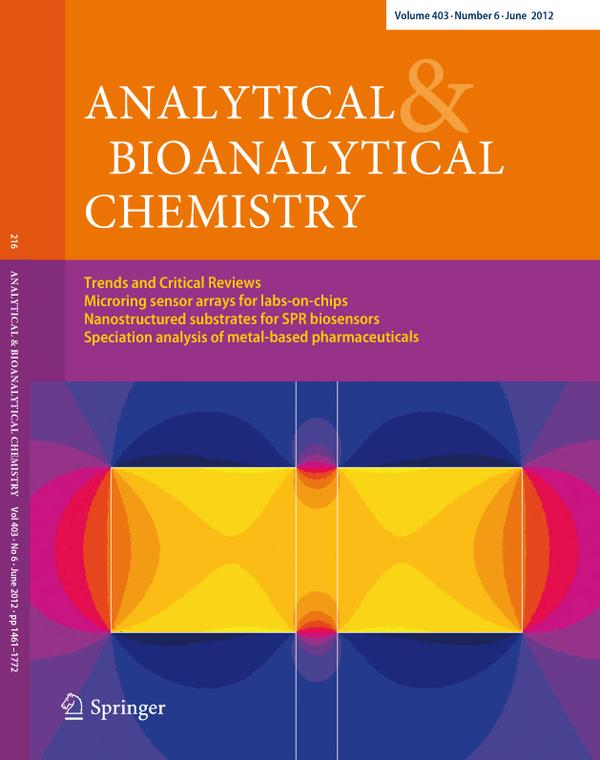SERS substrate based on large-scale self-assembled Au nanobipyramid@Ag nanorod multifunctional paper-based materials for practical and reliable quantitative SERS detection
Abstract
Pesticides and fungicides in foods pose a significant threat to human health. The design and development of a new and efficient sensing platform for the quantitative detection of contaminants in the food industry have become an urgent problem for food security and environmental protection. Here, we report a simple and reliable large self-assembled Au nanobipyramid@Ag nanorod (Au NBPs@Ag NRs) SERS multifunctional paper-based substrate for rapid and sensitive quantitative detection of contaminants in real samples. Moreover, 4-mercaptobenzoic acid (4-MBA) was uniformly distributed on the surface of the Au NBPs@Ag NRs as an internal standard through liquid–liquid interface self-assembly. The effective correction of the fluctuations in the SERS signal and the large number of nanogaps contributed to the increase in the number of SERS “hot spots,” enabling the sensor to have excellent SERS performance. The results showed that the Au NBPs@Ag NRs/4-MBA SERS multifunctional paper-based substrate had excellent sensitivity and reproducibility for the detection of crystal violet (CV) probe molecules. In particular, the SERS sensor is used for the quantitative detection of malachite green (MG) in pond water and thiram (THR) on apple surfaces, and the detection limit was as low as 0.012 ppm and 0.0044 ppm. Therefore, the Au NBPs@Ag NRs/4-MBA SERS-active paper-based substrate is highly efficient and versatile and can be used for reliable sensor analysis of actual sample pollutants.

 求助内容:
求助内容: 应助结果提醒方式:
应助结果提醒方式:


